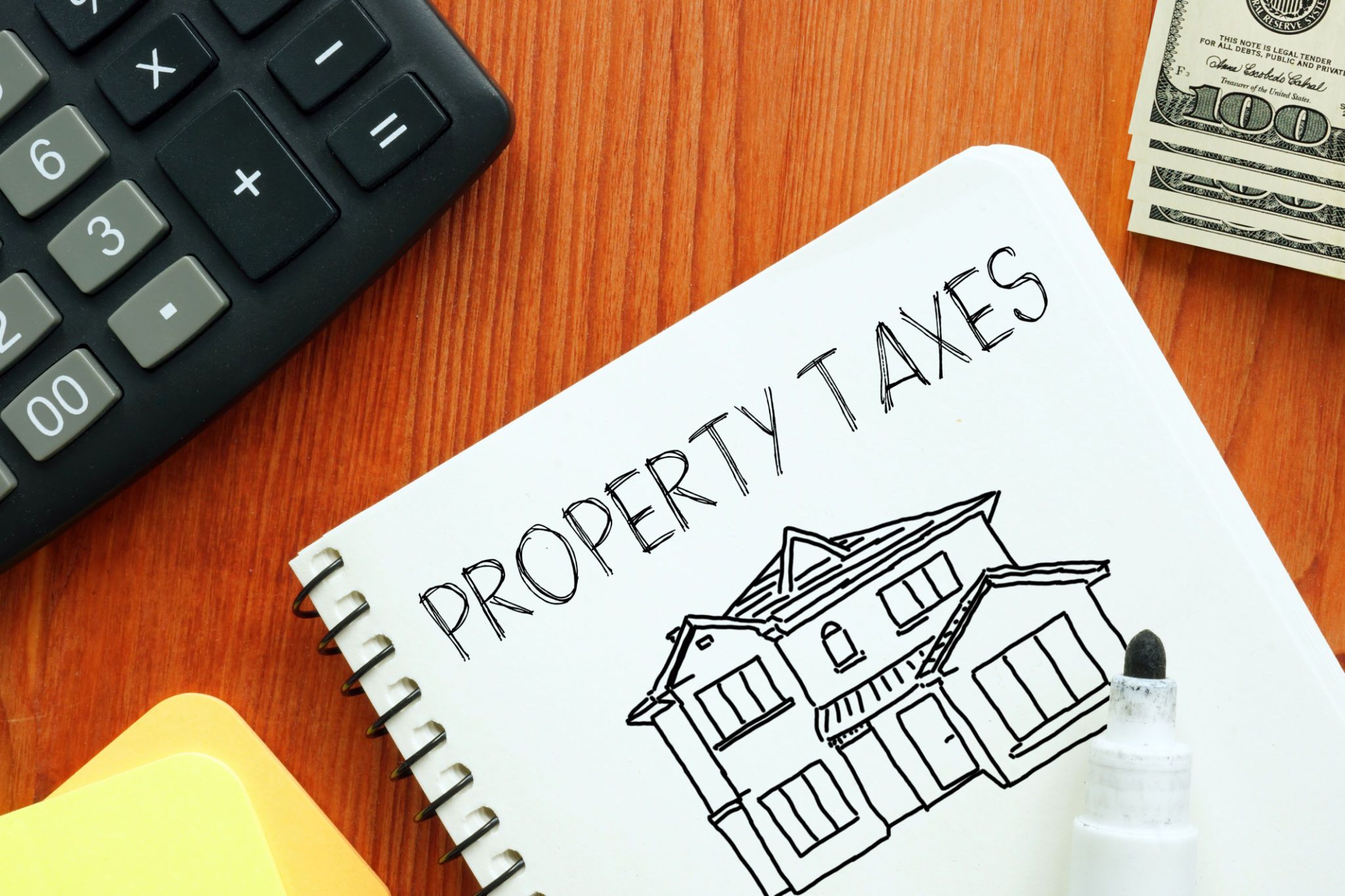Accelerated Depreciation vs. Cost Segregation: Tax Strategies for Property Owners
SA
Understanding Accelerated Depreciation
Accelerated depreciation is a method that allows property owners to depreciate their assets faster in the initial years of the asset's life. This approach is designed to provide immediate tax relief by reducing taxable income earlier, which can be particularly beneficial for businesses seeking to improve cash flow.
Common methods of accelerated depreciation include the Double Declining Balance and Sum of the Years' Digits. These methods differ from straight-line depreciation, which spreads the cost evenly over the useful life of an asset.

Exploring Cost Segregation
Cost segregation is a strategic tax planning tool that allows property owners to identify and reclassify certain components of their building into shorter-lived asset categories. By doing so, these components can be depreciated over 5, 7, or 15 years instead of the standard 27.5 or 39 years for residential and commercial real estate, respectively.
The process involves a detailed analysis, often conducted by a specialist, to distinguish building components such as plumbing, electrical systems, and landscaping from the primary structure. This reclassification can significantly accelerate depreciation deductions, resulting in substantial tax savings.
Comparing Accelerated Depreciation and Cost Segregation
While both strategies aim to maximize tax deductions, they are applied differently. Accelerated depreciation modifies how quickly you depreciate an asset, while cost segregation changes the classification of the assets themselves.
- Accelerated Depreciation: Focuses on speeding up the depreciation of the entire property.
- Cost Segregation: Involves reclassifying parts of the property to depreciate them over a shorter period.

Benefits of Using These Strategies
Implementing these tax strategies can offer several advantages:
- Increased Cash Flow: By maximizing depreciation deductions, property owners can significantly improve their cash flow.
- Tax Deferral: Both methods allow for deferring taxes by taking larger deductions in the early years of property ownership.
- Investment Opportunities: The savings realized can be reinvested into other business opportunities or property improvements.
Considerations and Compliance
Before opting for either strategy, it's crucial to consider compliance with IRS regulations. Both accelerated depreciation and cost segregation must be documented carefully and often require expert assistance to ensure accuracy and compliance.
Moreover, engaging qualified professionals such as tax consultants or cost segregation specialists can help navigate these complex processes effectively, ensuring you maximize benefits without falling foul of regulations.

Choosing the Right Strategy for Your Property
The decision between accelerated depreciation and cost segregation depends on several factors including the type of property, the nature of your business, and your financial goals. It requires a detailed financial analysis to determine which approach will yield the greatest benefit.
Property owners should work closely with their financial advisors to assess their specific situation and develop a tailored strategy that aligns with their short and long-term objectives.
Conclusion: Maximizing Tax Efficiency
In conclusion, both accelerated depreciation and cost segregation offer significant opportunities for tax savings and improved cash flow for property owners. By understanding and implementing these strategies effectively, businesses can optimize their tax position and enhance their financial performance.
Ultimately, a well-executed tax strategy can serve as a powerful tool in maintaining competitive advantage and fostering growth in a rapidly evolving market landscape.
